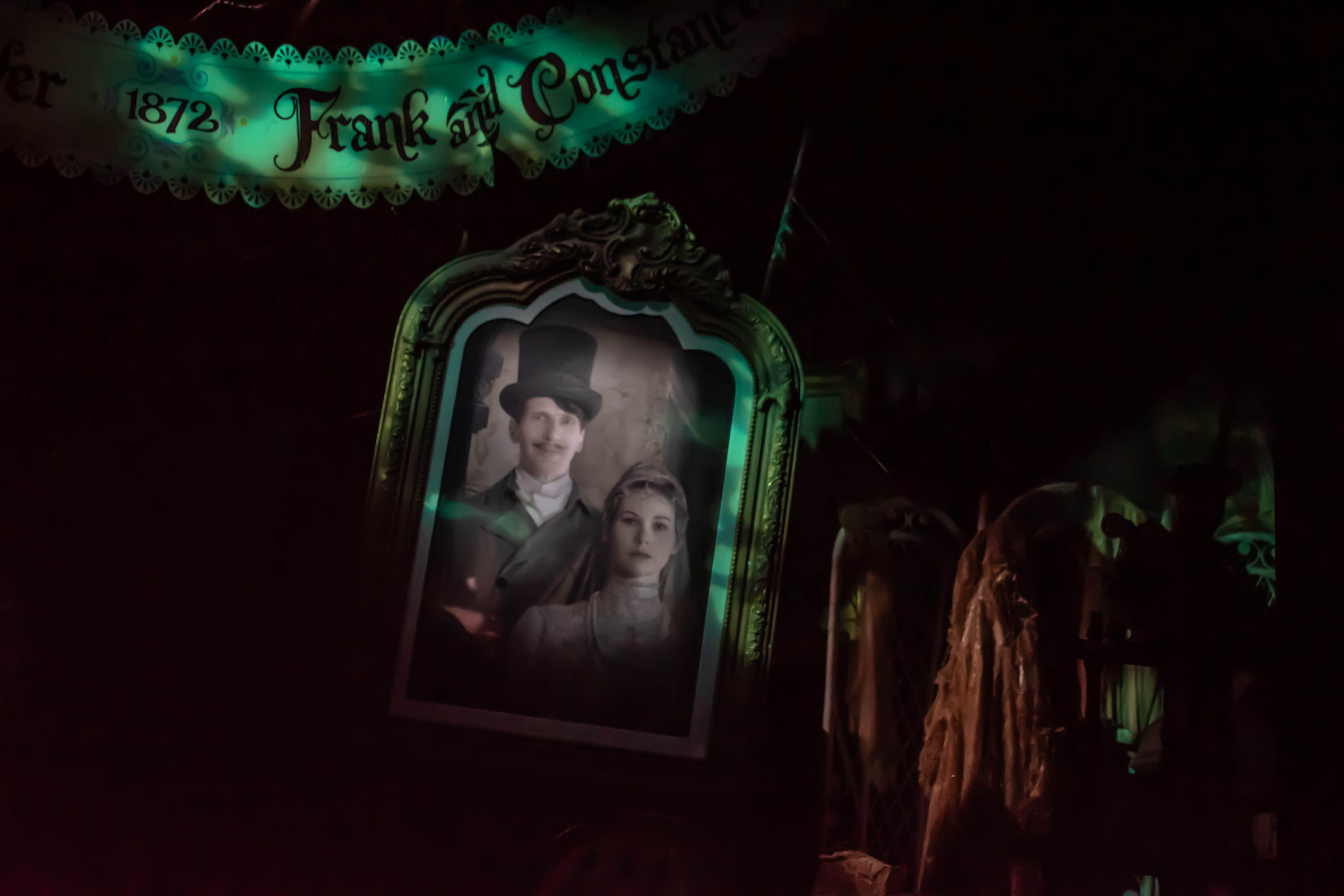There is an internet myth that NASA spent millions of tax dollars on developing a space pen that could write in zero gravity. The Soviet Cosmonauts simply used pencils. While a Space Pen is actually a thoughtfully-designed product, the old meme persists because people easily believe NASA would overcomplicate things. Complexity thrives in organizations that push the boundaries of what’s possible. An alternative approach to delivering a successful product is to better leverage already-known science.
This brings me to Project Starline. Last May, Google unveiled Project Starline as a cutting-edge technology intended to revolutionize video conferencing. Project Starline created a 3D face-to-face experience across a virtual table. It was a fantastic glimpse into the future of meetings that leveraged high-resolution cameras and a combination of computer vision, machine learning, and advanced graphics processing.
Unfortunately, Project Starline is more of a science project than a product. The technology to deliver it is not available outside of a lab. It won’t be broadly available, or practical for communications pros, any time soon due to its price. Given the high costs of the hardware and the specialized setup required to use it, it's likely to remain a niche technology for the foreseeable future. At least that’s what I thought at the time.
Let’s call Project Starline the space pen approach. The pencil approach is what Steelcase and Logitech concocted and demonstrated as Project Ghost at the recent Integrated Systems Europe conference in Barcelona. The collaboration embeds Logitech’s video components into a Steelcase video booth, creating an impressive face-to-face video experience.
The name Project Ghost is in homage to an illusion effect known as Pepper’s Ghost. The illusion projects images onto reflectors that can create ghost and/or 3D effects. It was first popularized in the 1800s at fairs, and saw a revival in popularity in the next century related to its ghost-generating effect in the ballroom at Disney’s Haunted Mansion.
Project Ghost doesn't create 3D images or ghosts. Instead, it uses a hidden, single-pane reflector to create a stunning 2D experience. The same reflective technique can be used to enhance remote meetings by presenting the remote participant without a visible screen or bezel. This low-tech approach has a surprisingly impressive payoff, and shows what we can do with a purpose-built video room.
The Steelcase booths combine Logitech's Rally system with a hidden reflector that creates a seamless and immersive meeting experience. The Logitech camera is positioned directly behind the reflected image of the remote participant, which facilitates direct and natural eye contact, a problem that plagues many other video conferencing systems. It's as if the remote participant is looking directly at you, just like they would in person. The room-booth offers a sleek and minimalist design that mitigates distractions, thus creating a more focused and productive meeting environment.
Project Ghost is an exciting new concept that is still in the process of being developed. According to Logitech and Steelcase, the product is expected to be released next year. I suspect the favorable responses from ISE have accelerated that timeline. While the technology itself is already known, the main focus now is to perfect the physical design and packaging of the product.
What makes it particularly interesting is the growing market opportunity. Logitech’s equipment today works with meetings on Microsoft Teams, Zoom, and Google Meet. While pricing information hasn’t been announced, the Logitech Rally system runs around $2K, so I figure embedding it into a customized Steelcase room-booth will run $8K-$12K each. Admittedly, Project Starline as previewed is a higher-end 3D solution, but Project Ghost is accessible to an existing large installed base. Project Starline relies on a yet-to-be-invented entirely new platform. In contrast, Project Ghost offers a similar immersive meeting experience with existing video services. In other words, while everyone loves a Space Pen, there’s a helluva lot more pencils out there.
Pepper's Ghost is a fascinating technology that has stood the test of time, and now appears poised for another resurgence. This will mark its third century of relevance, having first gained popularity in the 19th century at fairs and then again in the 20th century at Disney. I fully expect Pepper's Ghost to appear in business meetings in the 21st Century.
Dave Michels is a contributing editor and analyst at TalkingPointz.










